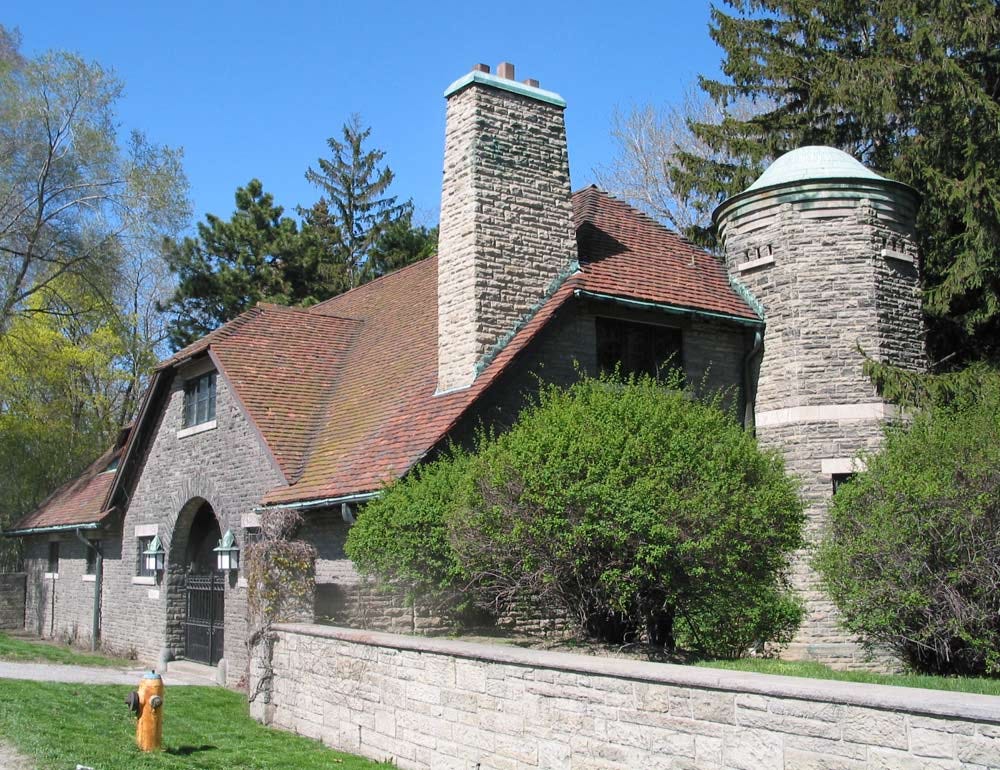The Week at Toronto City Hall #1
Just when you thought it was safe to go back in the water…
Next week, Toronto City Council’s various committees discuss the 2022 shelter plan, Open Data, zoning by-laws, arts grants, Indigenous entrepreneurship, and more. I’ve pored over the agendas to summarize the key items for you. Yep, I’m back. As Lil Nas X might say, “The break is over.”
— Neville Park
@neville_park / me@nevillepark.ca / CityHallWatcher.com
Read this issue on the web / Browse the archives / Subscribe
The Week at Toronto City Hall: Sensitive uses, dangerous dogs, and no more PDFs
MONDAY: 🏘 The Planning & Housing Committee considers City Planning’s recommendation to fix a long-standing zoning inconsistency and no longer allow Employment Areas—industrial zones, basically—to include “sensitive uses” like places of worship, daycares, residential buildings, shelters, schools, etc. All the places of worship, daycares, residential developers, etc., who had hoped to build in these areas are opposed. This item has been deferred since June, so it seems the Planning & Housing Committee, too, has little appetite for the debate.


There are also some pretty sick new heritage designations, including the Annadale Gatehouse and Craven Road House.
TUESDAY: It’s 🎂️ Mawlid al-Nabī (the Prophet Muhammad’s birthday), so no meetings.
WEDNESDAY: The 🗂 General Government and Licensing Committee meets. Currently, information on Section 37 and Section 45 community benefit agreements is only available in PDFs. Councillor Paul Ainslie wants to change that. He suggests emulating Los Angeles’ affordable housing tracker, whose loading message declares that the data is visualized by a “team of well-fed corgis”. As I have long advocated for border collies to enforce meeting quorums, I am compelled to endorse this.
Also: oh my god. “When Municipal Licensing and Standards are asked to produce the original Service Request number, their current practice is to create a new Service Request number to inquire about the original complaint and Service Request number.”
🏆 Bid Award Panel contract award of the week: $411,459 for pest control at long-term care facilities.

THURSDAY: 🐕 The Dangerous Dog Review Tribunal meets for a murder mystery. What caused the death of mini schnauzer Atlas: being grabbed by the dog walker, or an attack from Piper the poodle? After an autopsy brought new information to light, the whole case is under review.
📉 Economic and Community Development Committee: After a summer of violent, expensive, and ultimately not very effective encampment evictions, we can expect many critical eyes on the City’s 2022 shelter plan. The Shelter & Housing Justice Network has issued several demands in advance of the winter season, only one of which is addressed here—extending hotel leases.
Speaking of homelessness, the City’s fifth annual Street Needs Assessment is also on the agenda. Despite the drastic changes brought about by COVID, a lot hasn’t changed. As ever, the key reason people are homeless is that they can’t afford a place to live:
In the past ten years, average market rent for a one bedroom unit has increased 51%, while Ontario Works (OW) shelter benefit rates have increased only 7%. The gap between OW shelter benefits and rent has increased from $585 in 2010 to $1,041 in 2021.
There’s much more to report, but stay tuned for Matt’s breakdown in Monday’s issue of City Hall Watcher!
Also on the agenda: Toronto Arts Council grants. Notably, this year the rapidly organized TOArtist COVID Response Fund raised and distributed over $800,000 to 1283 individual artists. See the full report here [PDF].
FRIDAY: The 🐢 Aboriginal Affairs Advisory Committee will weigh in on the planned Indigenous Centre for Innovation and Entrepreneurship coming to Dundas and Jarvis. The City still needs to select an Indigenous organization to run it. Also, they haven’t yet ponied up the $3.3 million they said they’d chip in. Still, the staff report [PDF] says, the ICIE is “now moving from planning
to implementation.”
THE WEEK AFTER NEXT: Executive Committee meets.

Nev’s Bug Report: This week’s bug is the Western Conifer Seed Bug (Leptoglossus occidentalis), a West Coast species that has spread across North America over the past few decades. As their name suggests, they eat the seeds of conifer trees. They are perfectly harmless; if you find them indoors, move them outside using a cup and paper.
Thank you so much for reading! I’d love to hear your thoughts, suggestions, and criticisms. If you liked this roundup, share it with a friend:
And if you want to get more coverage like this, smash that “Subscribe” button:

